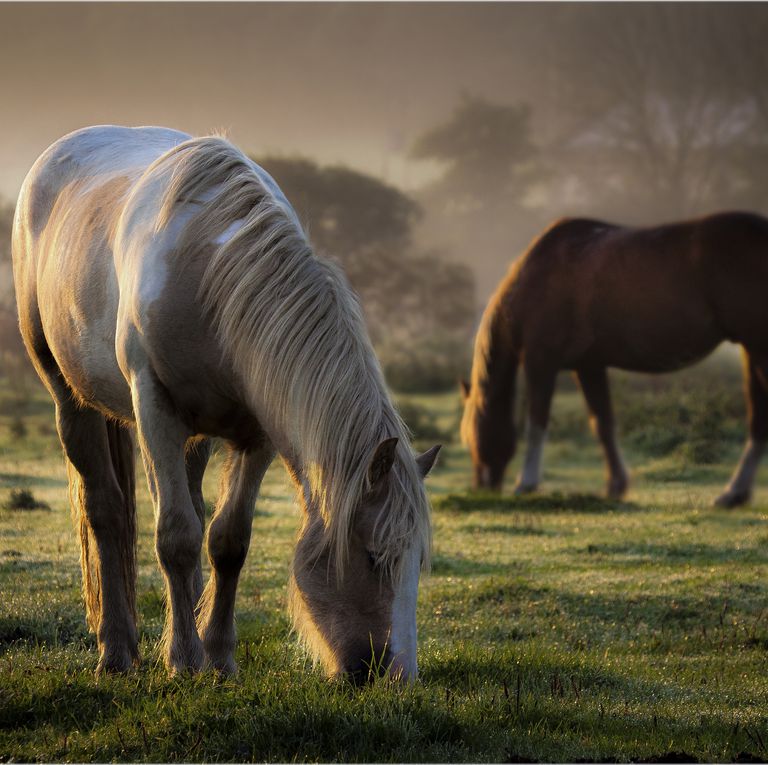The British Horse Society is warning people to take extra care around the wild plant ragwort. The yellow, daisy-like plant contains poisonous qualities that can be incredibly harmful to horses.
WHAT IS RAGWORT?
Ragwort is a weed with thick, yellow flowers that grows during late summer. The plant takes around two years to grow from seed to flower, ranging between 30 to 100cm tall. One single ragwort flower can produce up to 30,000 seeds which spread rapidly in the wind.
It is most commonly found in areas of grassland around the UK, including on wasteland, road verges and alongside railway tracks.
Ragwort
Ragwort growing outside
DENYS KOLOMIIETSGETTY IMAGES
WHY IS RAGWORT DANGEROUS TO HORSES?
Ragwort is especially dangerous to horses as it contains toxic compounds known as pyrrolizidine alkaloids. If horses ingest the plant, it could eventually lead to liver failure as there are not enough healthy cells to fight against it.
It has a very bitter taste, so horses don’t commonly eat it. However, owners should still be careful as there are some cases when horses unknowingly ingest it.
Some horses do not mind its bitter taste and even a small consumption over a long period of time (months or years) can have severe consequences as the toxin gathers in the horse’s liver
Horses may eat it when…
It is wilted or dried as it loses its bitterness
It is mixed in with hay
Other plants are sparse – this is where ragwort flourishes
Yellow blossoming common ragwort from close
RUUDMORIJNGETTY IMAGES
IS RAGWORT POISONOUS TO DOGS AND CATS?
The ragwort weed is toxic to most species that ingest it, including dogs and cats. Pet owners should take extra care when walking and make sure to keep their gardens free of the plant.
HOW CAN I REMOVE RAGWORT?
To remove ragwort carefully, you can pull up the plant with a rag fork. Remember to be careful even if the weed looks as if it has died — its dying material can still pose a risk.
The British Horse Society strongly advise people to wear gloves and a face mask when handling the plant. There are potential risks of absorbing the toxins through your own skin or inhaling the pollen, so it’s important you take extra care.
Credit: www.countryliving.com

